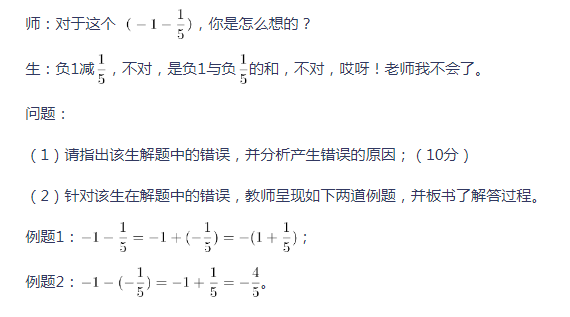当前位置:首页 → 职业资格 → 教师资格 → 中学英语学科知识与教学能力->Passage1Inthefieldofpsychology
Passage 1
In the field of psychology, there has long been a certain haziness surrounding the definition ofcreativity, an I-know-it-when-I-see-it attitude that has eluded a precise formulation. During ourconversation, Mark Beeman, a cognitive neuroscientist at Northwestern University, told me that heused to be reluctant to tell people what his area of study was, for fear of being dismissed ormisunderstood. What, for instance, crosses your mind when you think of creativity Well, we knowthat someone is creative if he produces new things or has new ideas. And yet, as John Kounios, apsychologist at Drexel University who collaborates frequently with Beeman, points out, that view iswrong, or at least not entirely right. "Creativity is the process, not the product," he says.
To illustrate, Beeman offers an example. Imagine someone who has never used or seen apaperclip and is struggling to keep a bunch of papers together. Then the person comes up with a newway of bending a stiff wire to hold the papers in place. "That was very creative," Beeman says. Onthe flip side, if someone works in a new field--Beeman gives the example of nanotechnology--anything that he produces may be considered inherently "creative." But was the act of producing itactually creative As Beeman put it,"Not all artists are creative. And some accountants are verycreative."
Insight, however, has proved less difficult to define and to study. Because it arrives at a specificmoment in time, you can isolate it, examine it, and analyze its characteristics. "Insight is only onepart of creativity," Beeman says."But we can measure it. We have a temporal marker thatsomething just happened in the brain. I′d never say that′s all of creativity, but it′s a central,identifiable component." When scientists examine insight in the lab, they are looking at what typesof attention and thought processes lead to that moment of synthesis: If you are trying to facilitate abreakthrough, are there methods you c
主旨题。文章前两段主要讲了creativity的定义。第三段指出insight是creativity的核心组成部分:虽然creativity不容易理解。但insight比较容易定义和研究。第四段描述了一个实验。实验目的是发现attention和insight之间的关系。第五段指出实验结果.即不同类型的attention能够影响insight,这给了想成为有创造力的人(would.be Creative minds)一个重大的启示。由此可以推断,attention能够影响insight,从而产生creativity。可见文章从探讨creativity的定义.到研究insight,归根到底是想发现怎样成为有创造力的人。D项Where Do Creativity Moments Come作为本文的标题最恰当。
《义务教育数学课程标准(2011年版)》强调,课程内容要反映社会的需要、数学的特点,要符合学生的认知规律。课程内容的组织要重视过程,处理好()的关系。
设α是某一方程组的解向量,k为某一常数,则kα也为该方程组的解向量。( )

案例:
在有理数运算的课堂教学片段中,某学生的板演如下:

针对该学生的解答,教师进行了如下教学:
师:请仔细检查你的演算过程,看是否正确无误?
生:好像正确吧。

请分析例题1、例题2中每一步运算的依据。(10分)
初中数学课程是一门国家课程,其主要内容包括课程目标、教学内容、教学过程和( )等

教师职业道德区别于其他职业道德的显著标志就是( )。

对高中数学的评价,下列说法错误的是( )。
